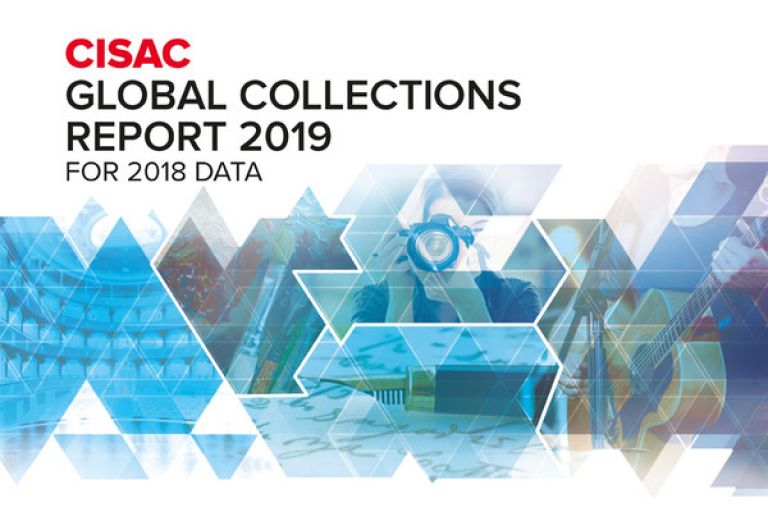Figures don’t lie, filmmakers’ rights need to be strengthened

Every year CISAC publishes its global multi-repertoire collection report, taking stock of trends and development of the authors’ royalties collectively managed by 239 CMOs in 122 countries. The figures don’t lie: where an unwaivable right to remuneration is implemented, creators’ right to receive royalties for the exploitation of their works can be guaranteed.
Almost half of CISAC members (108 CMOs) are located in Europe (47 countries), the region that provides for around 80% of the total collections. In 2018, Central and Eastern Europe saw particularly strong growth, with overall collections rising 29.6%. The 2018 collections for authors in Europe amount to €5.44bn, a 1% increase over the previous year.
Zooming in on audiovisual, it is easy to be disheartened by the fact that it represents only 6,2% of the global collections (€605 million). It simply shows how under-developed collective management in the audiovisual sector is and how badly it affects authors. Encouragingly though, is to see an improvement of audiovisual authors’ rights in Latin America, thanks to recently strengthened legislation in Colombia and Chile. Applying a constant currency instead of conversion to current euros, the region saw collections leap by 61.8%.
“In Europe, 85% of screenwriters and directors are freelancers and half of us already need a second job to survive. This means that we have no negotiating power against the giant digital distributors that have emerged on the back of our work. If we’re to hold on to our rights, they need to be unwaivable and set into law.” Yves Nilly, screenwriter and president of Writers & Directors Worldwide.
While the SVOD market is growing rapidly* and the digital exploitation of audiovisual works is exploding, it is troubling that the digital collections for audiovisual authors still amount to just 2.2% of the total. In fact, in Europe, France remains by far the country where audiovisual authors receive the most royalties for the exploitation of their works on the largest range of media, providing 36.6% of all global audiovisual collections, followed by Switzerland (9.3%) and Italy (9.0%). While the remaining countries leaped in total 68.9% in digital collection, France still provides for more than two-thirds of the digital revenues. The huge impact that a single country can make highlights the disparity between markets where authors benefit from a proportional right to remuneration, and those where they do not. On a distanced second place after France, there are only 7 other countries that collect for online/on-demand rights: Belgium, Estonia, Italy, the Netherlands, Spain, Sweden and Switzerland.
The SAAs’ data about the royalties’ collection and distribution of its 33 members in 25 European countries show similar trends as CISAC: decrease in collections, as important back-payments were received in 2017 (for digital collection in France and for private copying in Germany). Europe accounts for 91,7% of the global audiovisual repertoire, yet audiovisual royalties remain a mere 6,2% of the total collection. This illustrates how much work still remains to be done to defend filmmakers’ rights.
The SAA will continue to work for a harmonised European market where audiovisual authors will receive royalties on all media and in all countries, through effective collective management (read more about the SAA).
Ps. On a different but relevant note: in addition to the royalties’ collection report, CISAC and the SAA both started collecting data on gender equality within their memberships to reveal where there is inequality and find ways to tackle it. Read more here.
*The SVOD revenue worldwide in 2020 will be $22.22bn and the subscriber numbers reaching $568.4 million worldwide. In the US, original production by online services already represents one third of total shows. In Europe it is still estimated at 5-10% but it is expected to grow a lot more (European Audiovisual Observatory).
